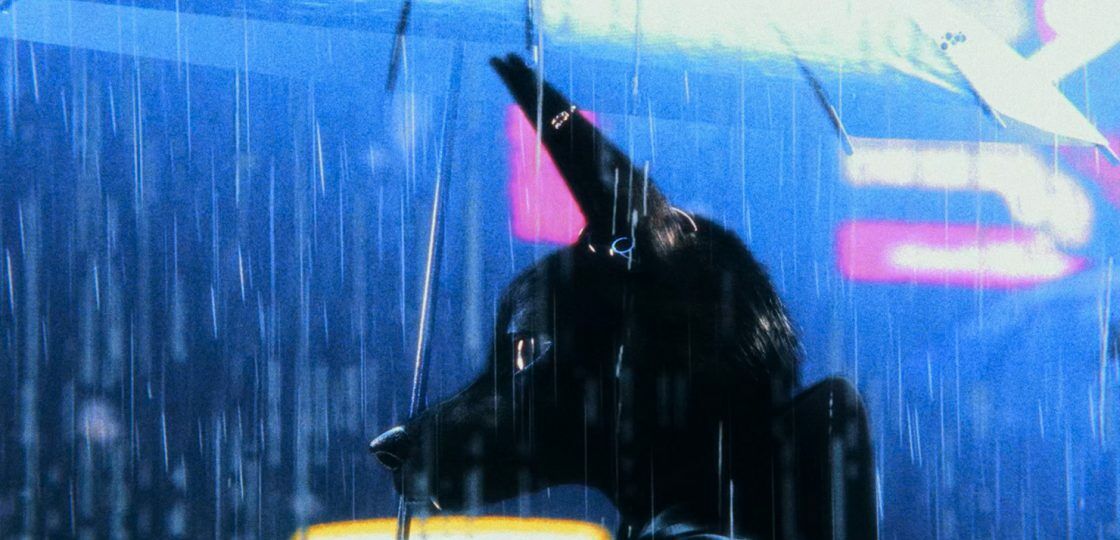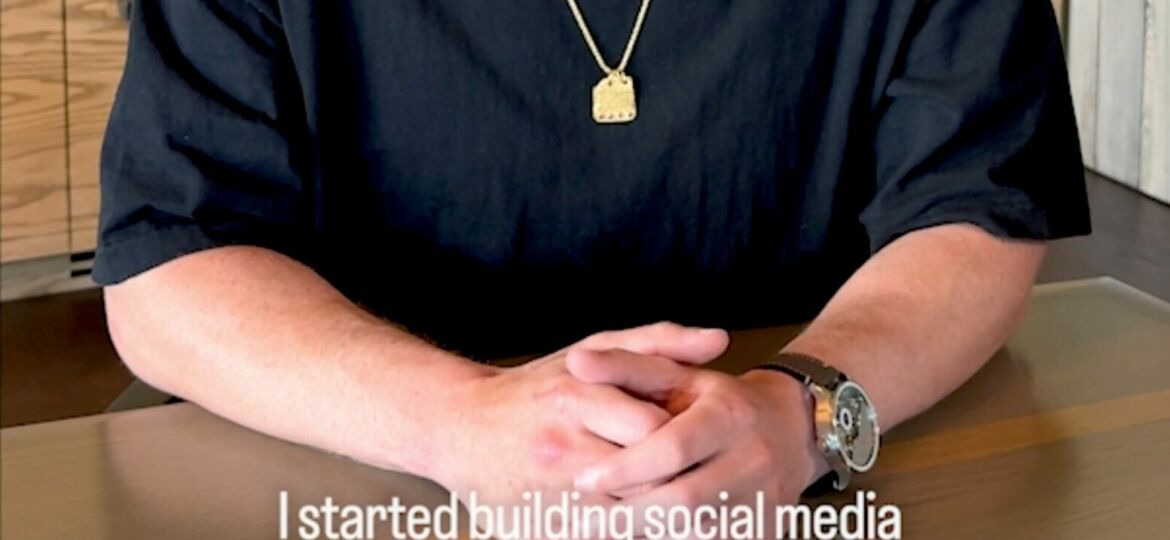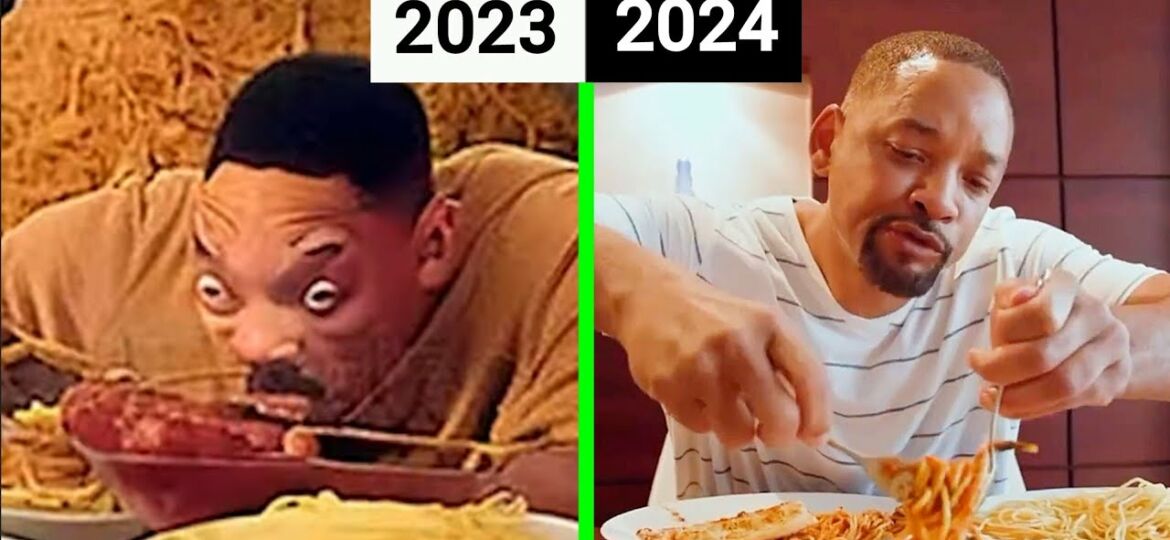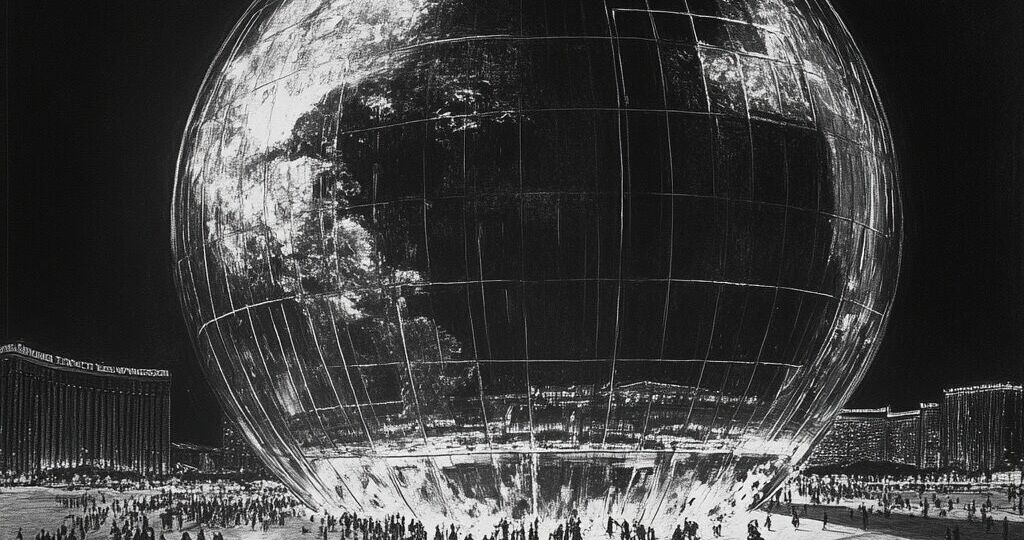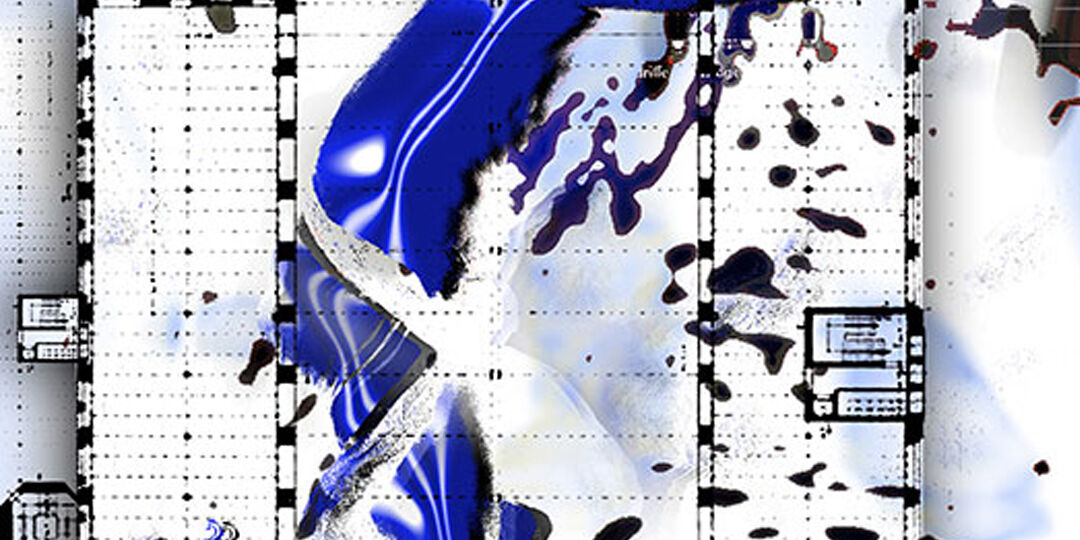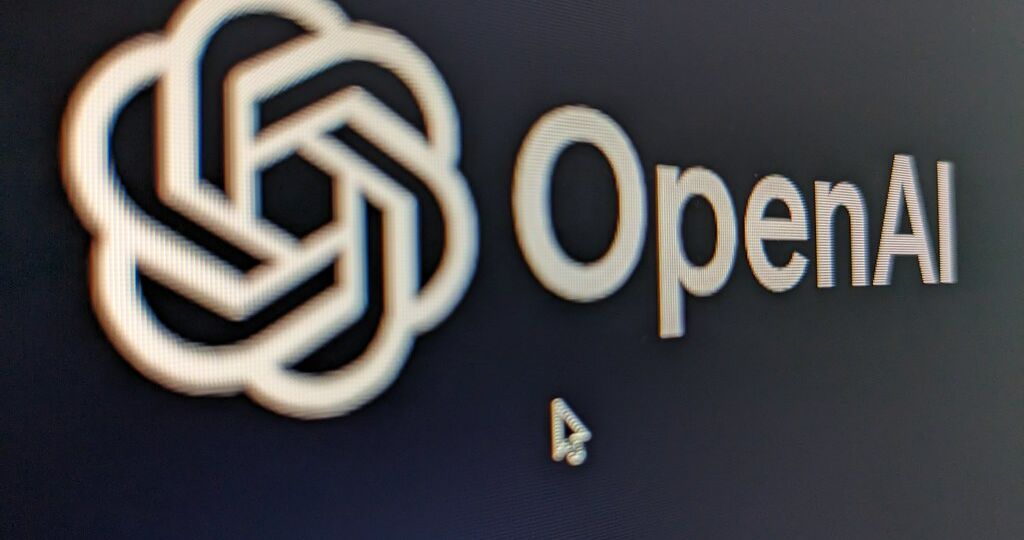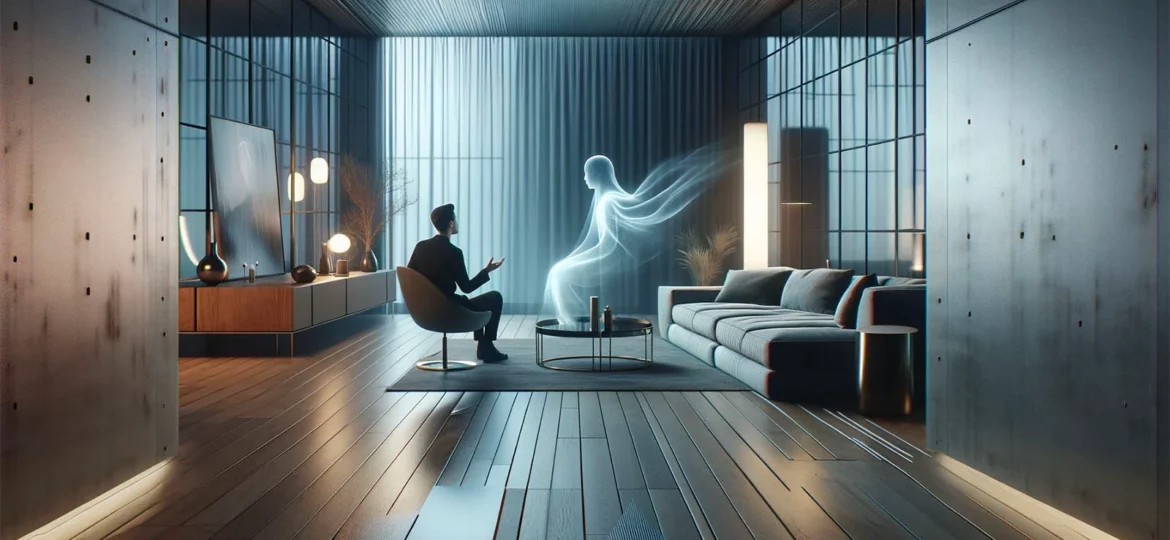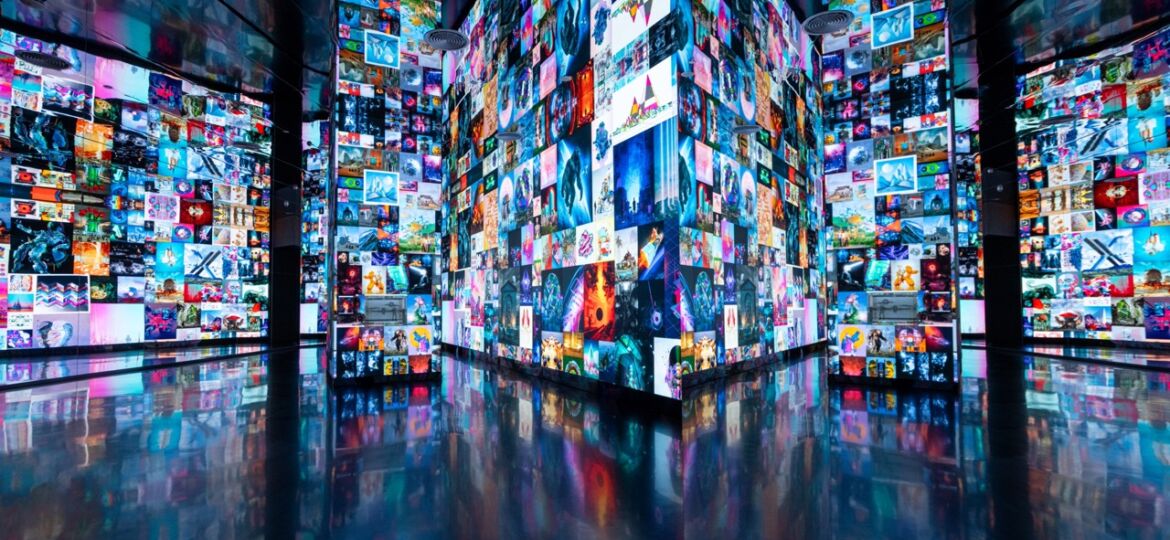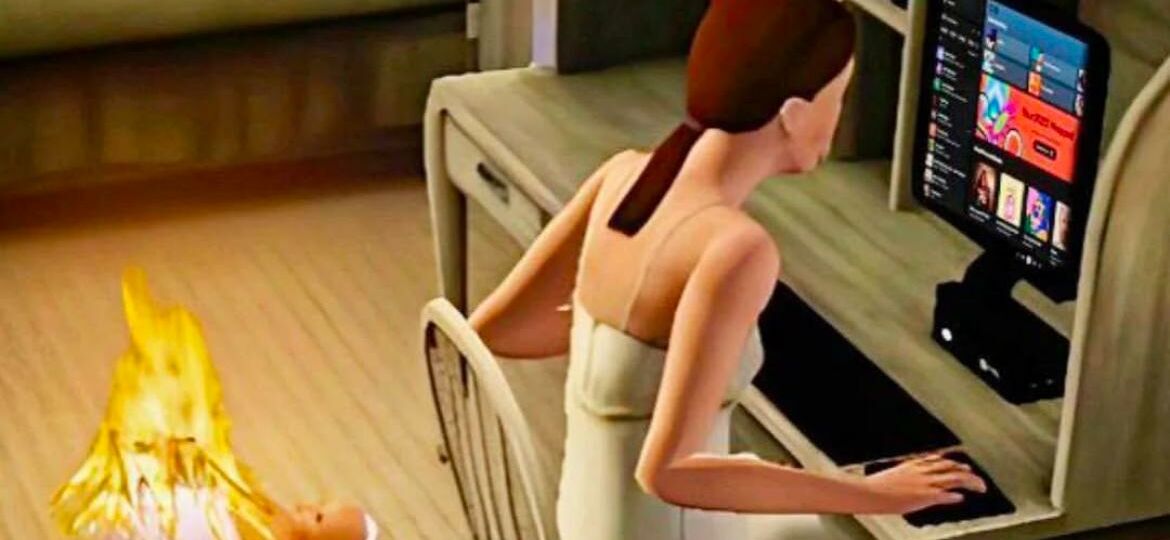NEXT UP JANUARY 2025 Event Selection II NEXT UP is a column curated by Beatrice Rainone, dedicated to a critical…
Last Tuesday, Mark Zuckerberg, CEO of Meta, announced the end of the fact-checking programme on Facebook and Instagram. In its place, he stated, a system of “Community Notes” will be introduced, already trialled on X (formerly Twitter) under Elon Musk’s leadership. This decision, currently limited to the United States, has immediately drawn praise from Donald Trump and his entourage, marking what many observers view as a significant ideological realignment between Meta and the newly elected American president.
Netizens use AI video tools to “meme” all sorts of Chinese classics, but the authorities are not amused. AI-generated videos…
Not long ago, a case brought to public attention the potential negative impact of chatbots. Two parents sued an AI company after interaction with one of their chatbots allegedly led their children to imagine and discuss plans to kill them. The incident is undoubtedly unsettling, but it’s also reasonable to assume that such behavior might reflect pre-existing family and social dynamics — a doubt that seemingly did not cross the parents’ minds.
QUANTUM LEAP Quantum Leap è una nuova rubrica dove passato e futuro si incontrano in un viaggio tra arte, tecnologia…
NET ECOLOGY di Laura Cocciolillo We live in an era defined by complexity, where crises no longer emerge as isolated…
LA RIVOLUZIONE ALGORITMICA A critical and philosophical look at artificial intelligence and its influence on society, culture and art. La…
B(IA)S New technologies are changing our world forever. The question is: for the better or for the worse? What are…
NEXT UP DECEMBER 2024 Event Selection II NEXT UP is the column curated by Beatrice Rainone, dedicated to a critical…
CLUSTER Cluster explores the new senses that coalesce around musical currents of the past and present, along with their aesthetics…


